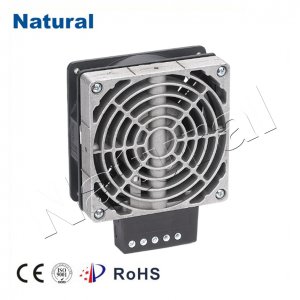Introduction

In the frosty grasp of winter, there is nothing quite like the comfort and warmth that a space heater can provide. With their compact size and efficient heating capabilities, these devices have become indispensable companions for individuals seeking solace from the biting cold. This article delves into the fascinating world of space heaters, exploring their history, types, benefits, and safety measures. A Brief History The concept of artificial heating dates back centuries, with ancient civilizations employing various methods to keep warm. However, it was not until the late 19th century that the first electric heater emerged. Initially, these heaters were bulky and inefficient, but technological advancements quickly led to more compact and effective designs. The term “space heater” came into common use as these devices became popular for efficiently heating specific areas within homes, offices, and other enclosed spaces. Types of Space Heaters Modern space heaters come in a diverse array of types, each catering to different preferences and heating needs. Convection heaters, for instance, operate by warming the air surrounding them, creating a gentle and consistent heat flow. Radiant heaters, on the other hand, emit infrared radiation that directly heats objects and people in their vicinity, mimicking the warmth of the sun. For more rapid heating, fan-forced heaters circulate air over a heating element and distribute the warm air throughout the room. Oil-filled heaters use electricity to heat oil, which then radiates heat slowly and steadily. The variety of options ensures that there’s a suitable space heater for every situation. Benefits of Space Heaters Energy Efficiency: Space heaters are known for their energy efficiency, as they allow users to heat only the areas they are using, rather than the entire building. This targeted approach can result in substantial energy savings. Portability: The compact size and lightweight nature of space heaters make them easy to move around, allowing users to carry warmth with them from room to room. Rapid Heating: Space heaters offer swift heat, quickly raising the temperature of a room to a comfortable level. This is particularly beneficial for those seeking immediate relief from the cold. Zone Heating: Space heaters excel at providing focused warmth in specific areas, allowing households to lower the overall thermostat setting and reduce energy consumption. Safety Measures While space heaters offer a plethora of advantages, it’s essential to use them responsibly to ensure safety. Here are some guidelines to follow: Placement: Keep space heaters away from flammable materials, furniture, curtains, and other items that could pose a fire risk. Ventilation: Ensure proper ventilation to prevent the buildup of carbon monoxide. Avoid using gas-powered heaters indoors unless they are specifically designed for indoor use. Power Source: Plug space heaters directly into outlets; avoid using extension cords as they can overheat and become hazardous. Overheating Protection: Opt for space heaters equipped with automatic shut-off features that activate when the device overheats. Unattended Use: Never leave a space heater unattended, especially around children or pets. Conclusion In the frigid depths of winter, space heaters have evolved from rudimentary heating devices to sophisticated companions that provide warmth, comfort, and energy efficiency. With a rich history and an array of types catering to various needs, these unassuming devices have carved a niche for themselves in modern homes and workplaces. By embracing the benefits of space heaters while adhering to safety measures, individuals can bask in their cozy embrace without compromising their well-being.